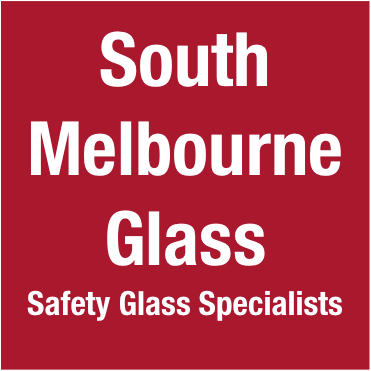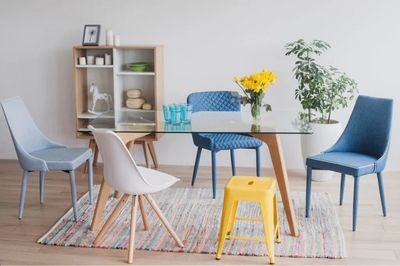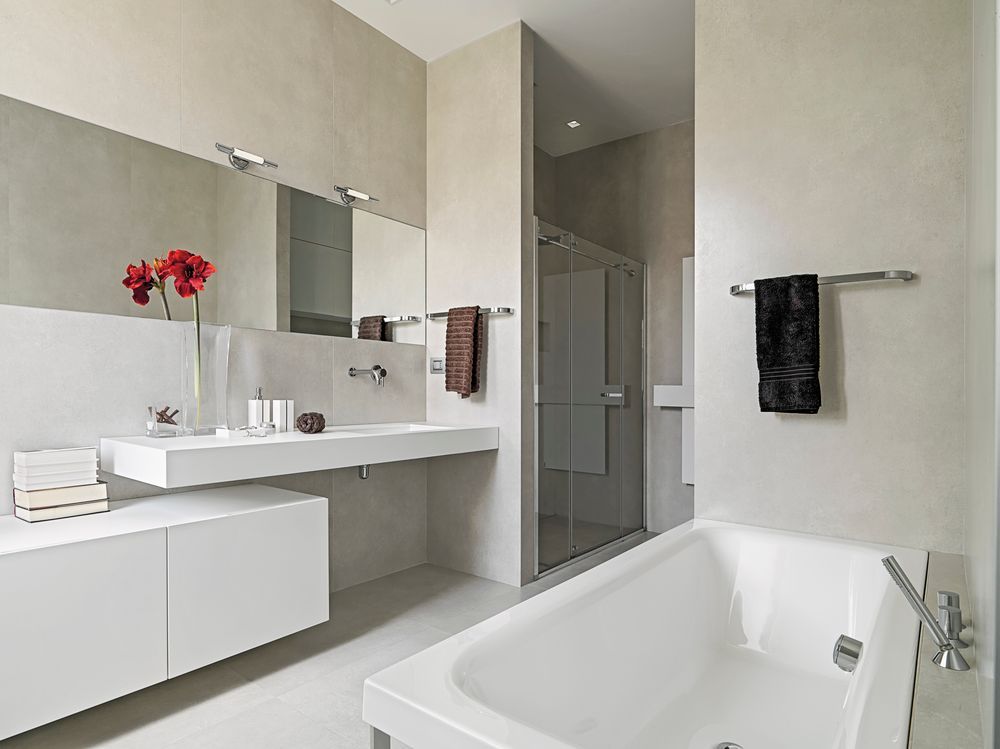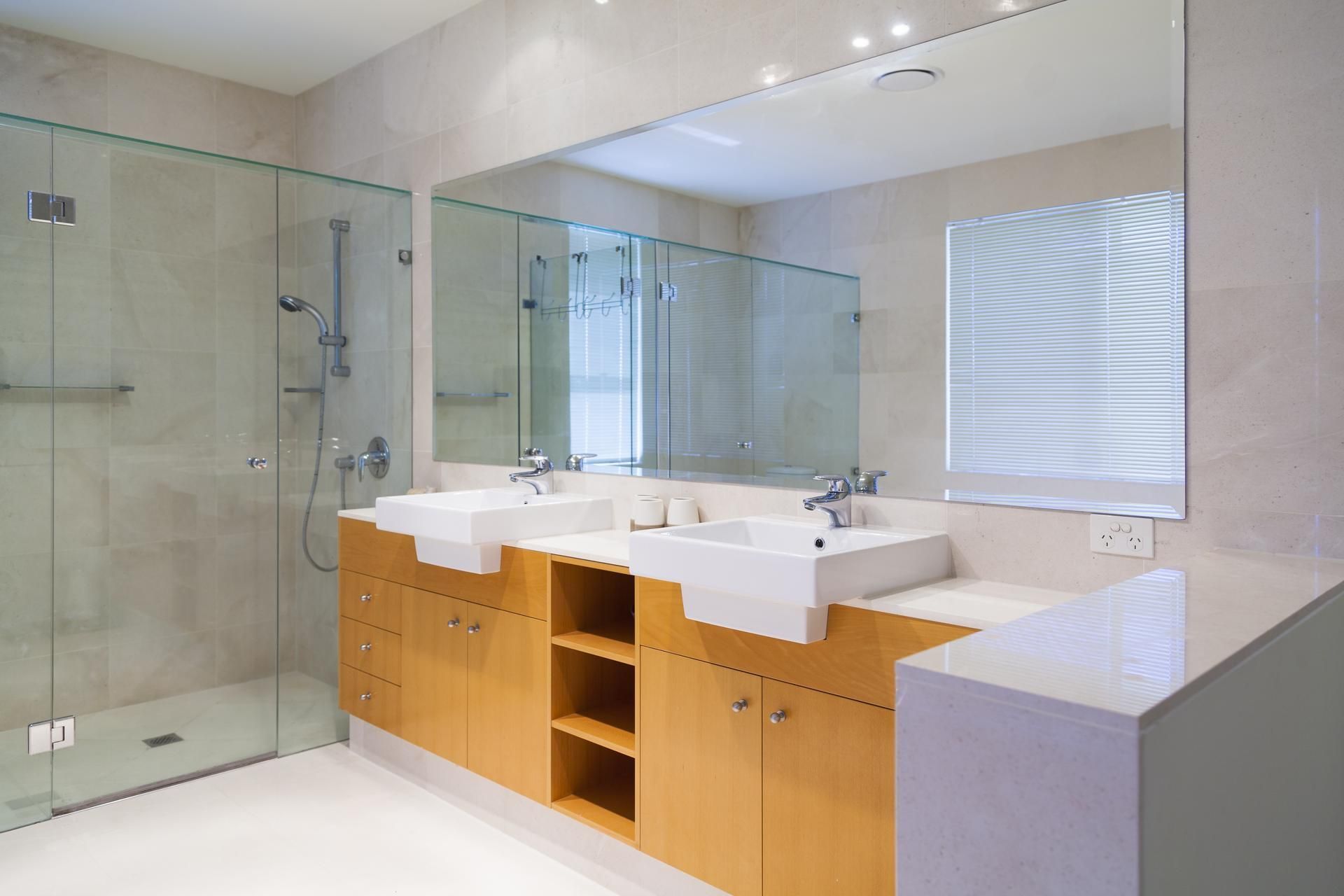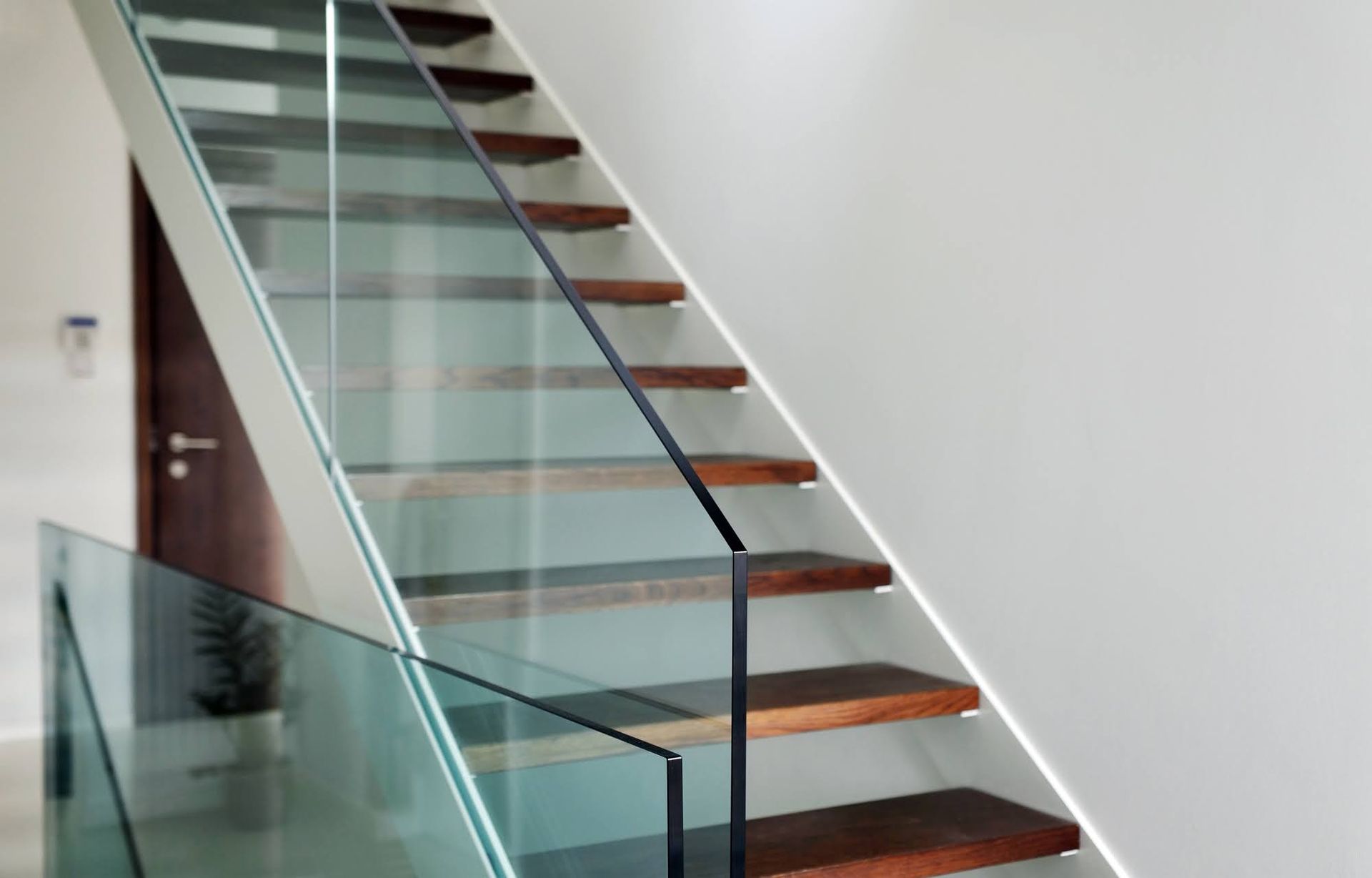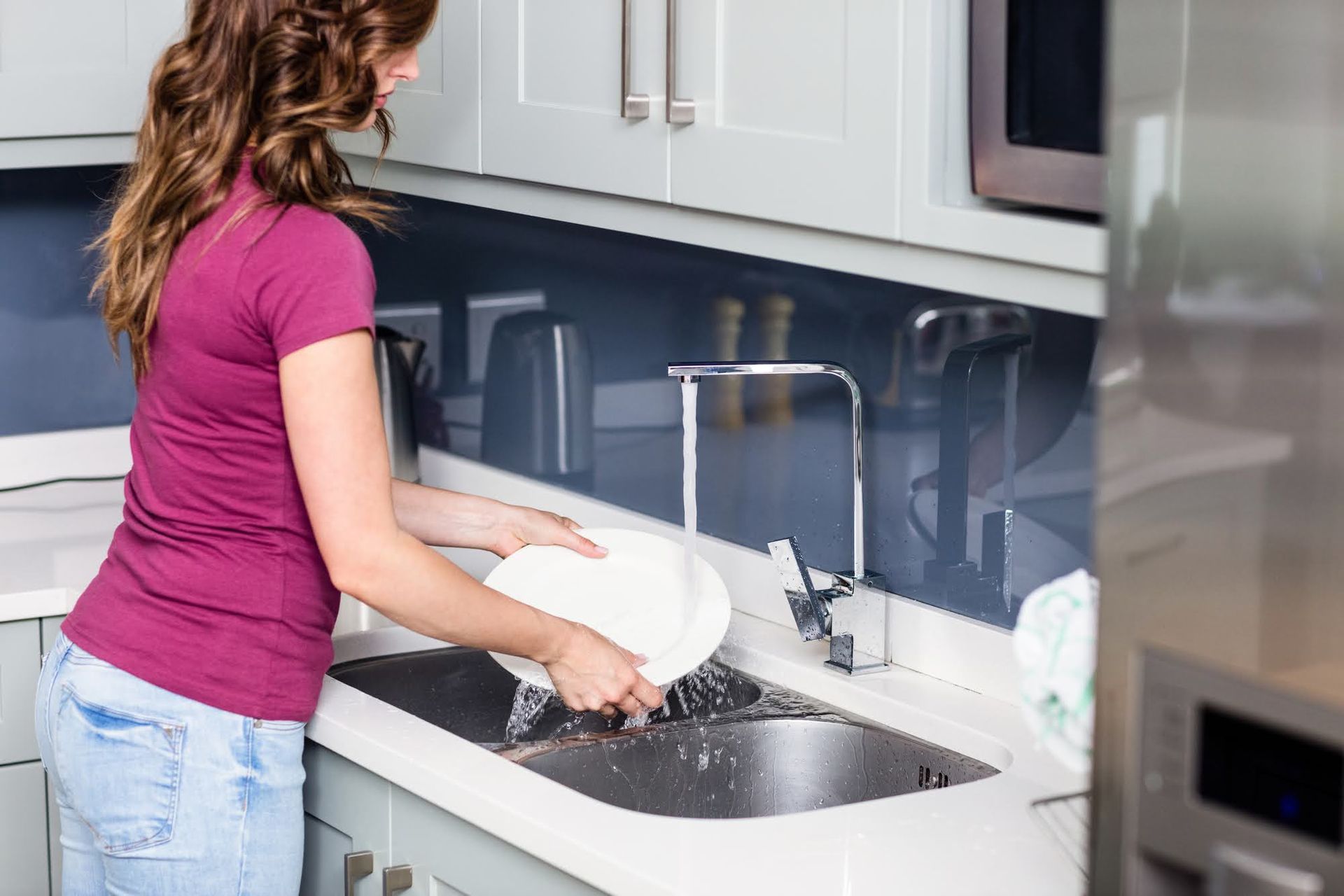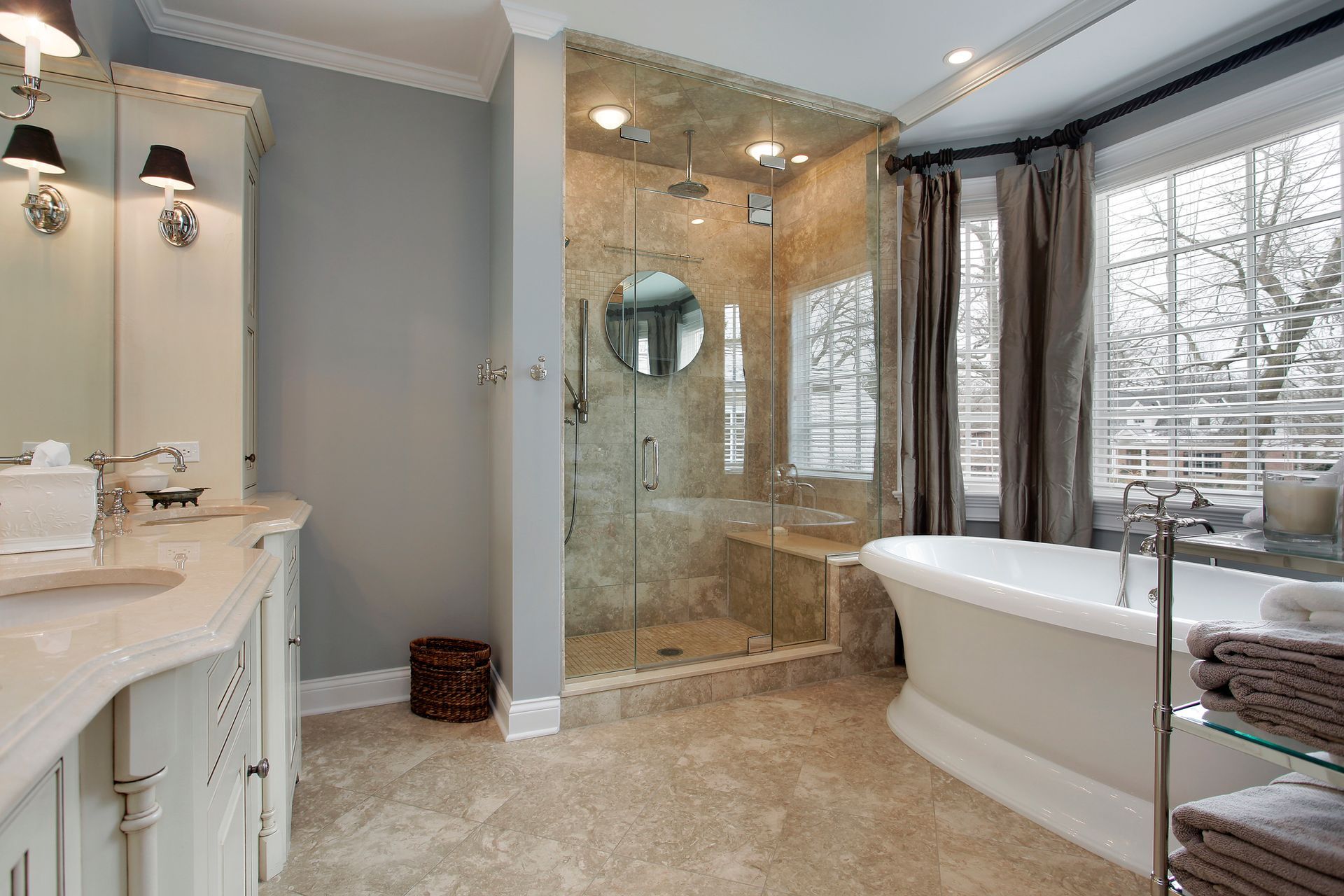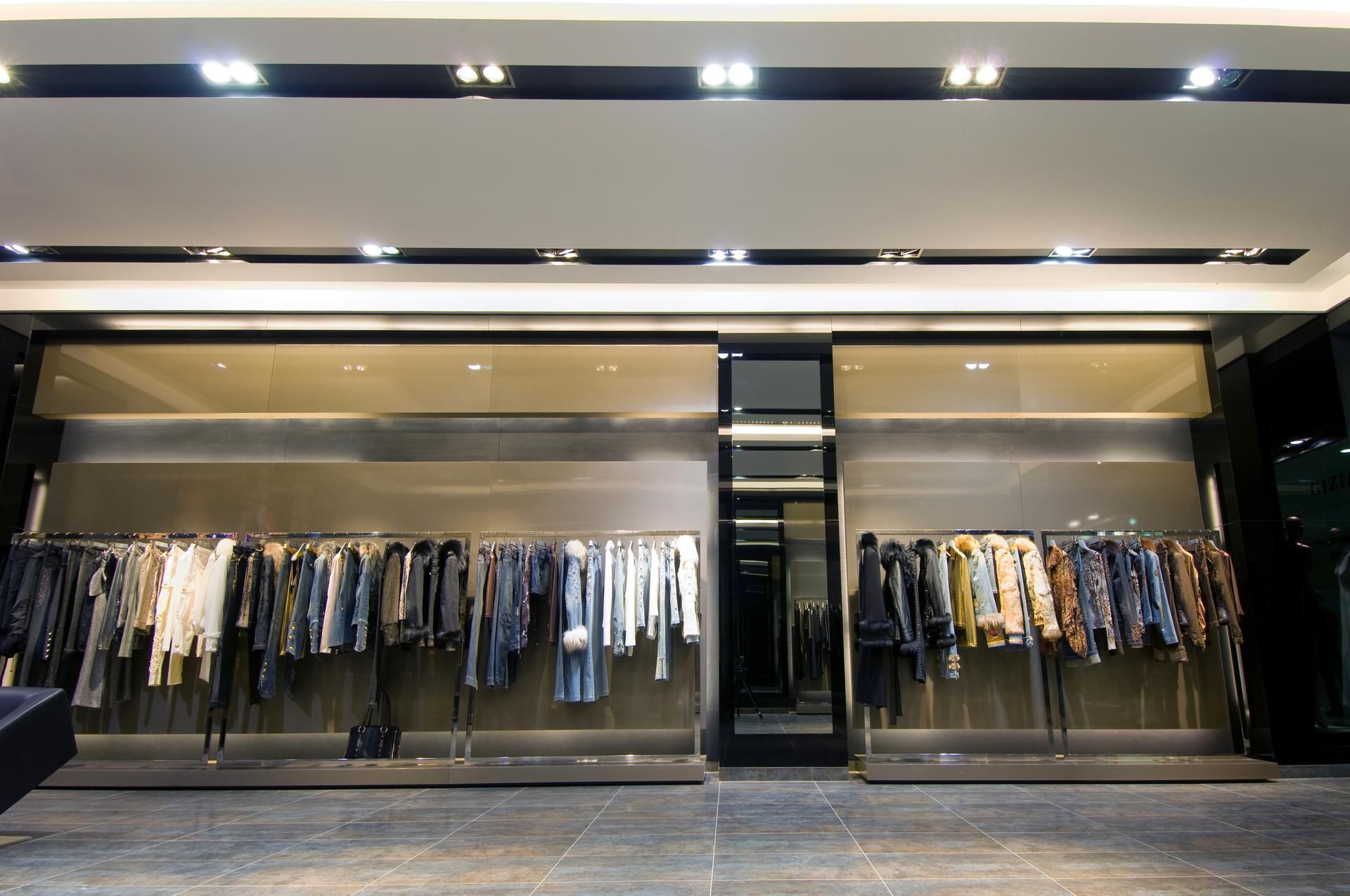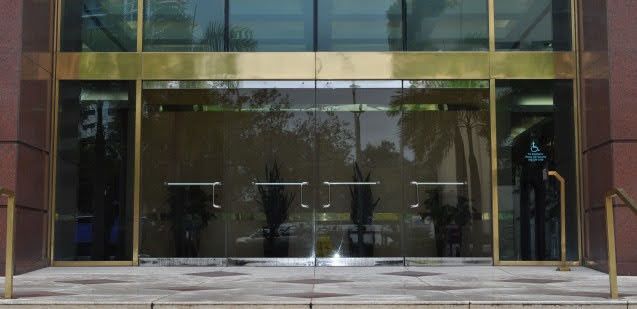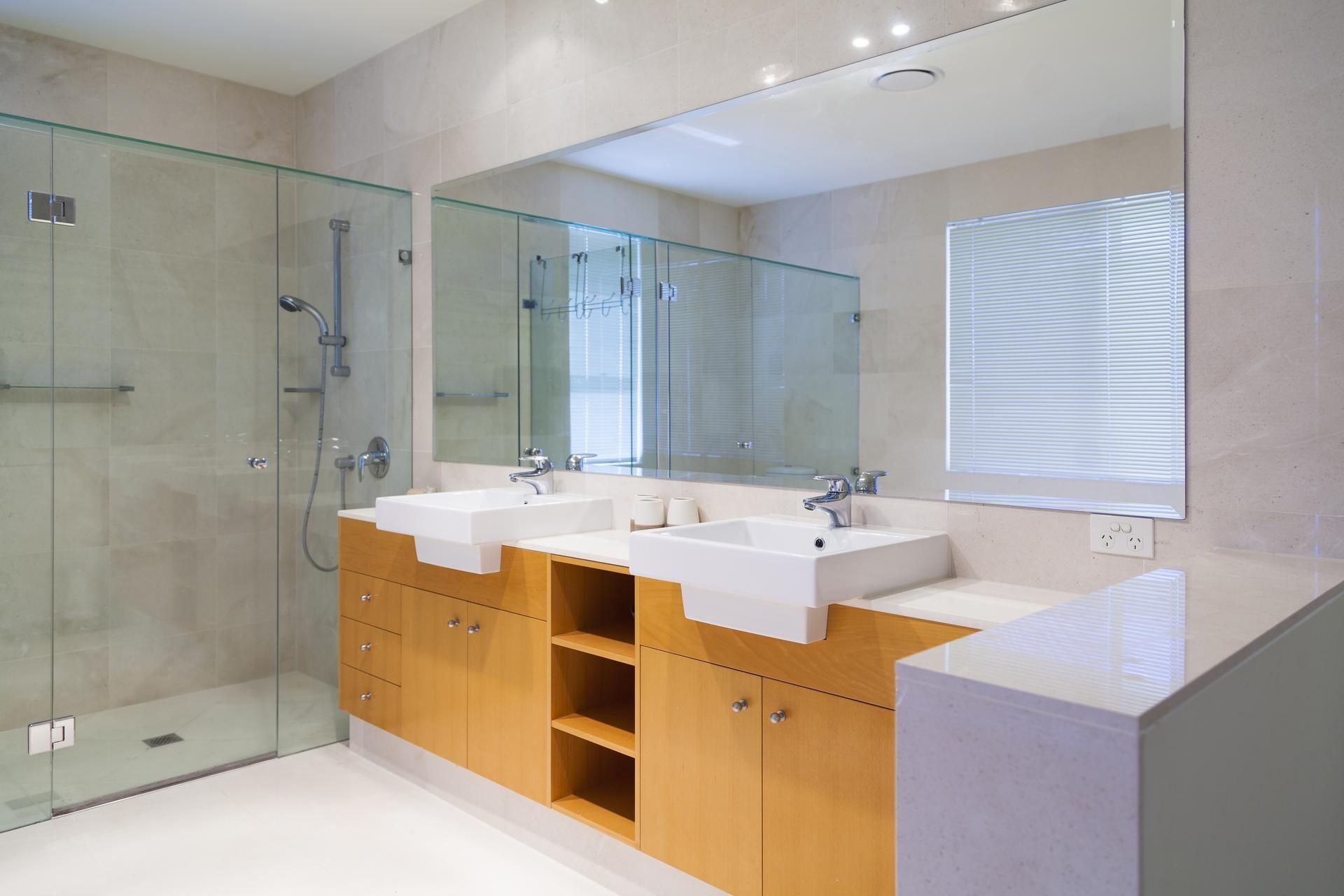5 THINGS TO CONSIDER WHEN CHOOSING A GLASS TABLE TOP
If you’d like to add more character and style to your living space, incorporating more glass into your décor is one way to achieve that aim. Glass can complement all styles of interior décor, including rustic chic or modern chic, especially if you customise it to suit your specific needs.
Glass tabletops are a great addition to kitchens and dining rooms where you congregate with family and friends. But what works for someone else’s home might not work for yours. Before you settle on a tabletop design, consider the following factors.
1. The tabletop base
Will your glass tabletop cover an existing table, such as a wooden table, acting as both protection and decoration? Or do you have a decorative tree stump that you’d like to turn into a table? This information is invaluable when you are designing your tabletop.
If your glass tabletop doesn’t have a solid support underneath it, then this will affect its thickness, which brings us to the next factor.
2. The thickness
The thickness of your glass tabletop is something to consider early on. If you plan to cover an existing piece of furniture with a glass tabletop, then you can choose a thinner tabletop since it has sufficient support underneath it.
But if your glass table doesn’t have any solid support underneath it, then you’ll need to go for a thicker sheet of glass. Also consider what you intend to use the glass tabletop for. The more strain your glass tabletop will come under, the thicker the glass should be.
3. The glass type
In regard to material, you have two main options: annealed glass and tempered glass. Annealed glass is less durable than tempered glass and it breaks much more easily. The shards are also sharper and larger than those of tempered glass are. If your glass tabletop is small and serves as a cover for an existing piece of furniture, then annealed glass is an option.
However, tempered glass is safe and sturdy, which makes it a better option for large tables. And because tempered glass breaks into small dull chunks when broken, it is suitable for households with young children. One downside with tempered, or toughened, glass is, due to the toughening process, the surface is softer and will scratch easier than annealed glass.
4. The look and finish
Clear glass tabletops are great for small rooms because they offer the illusion of space. If you want to show off your flooring too, clear glass is ideal. But what if you don’t like the green tint that often comes with clear glass tabletops? Then you can opt for low-iron glass. Low-iron glass doesn’t have the green tint, meaning it is the clearest glass available.
And you can also choose from frosted or tinted glass if space isn’t an issue in your home.
5. The shape of the tabletop
Finally, the shape of your glass tabletop can play a big role in its function. Do you intend to seat many people at your table, for dinners and meetings, for instance? If so, then you could go for a rectangle or oval shape for your glass table as these shapes accommodate more seats.
However, if you want a more intimate experience, either for your children to do their homework on together or for small family dinners, then a round or square shape is ideal. But you aren’t limited to just these shapes. You can also create a custom shape for your glass tabletop to better suit your home’s interior.
Are you looking to add a glass tabletop to your home’s interior décor? Then contact South Melbourne Glass today. We can create a custom glass tabletop for you that incorporates all of the aforementioned details, no matter what your needs are.
